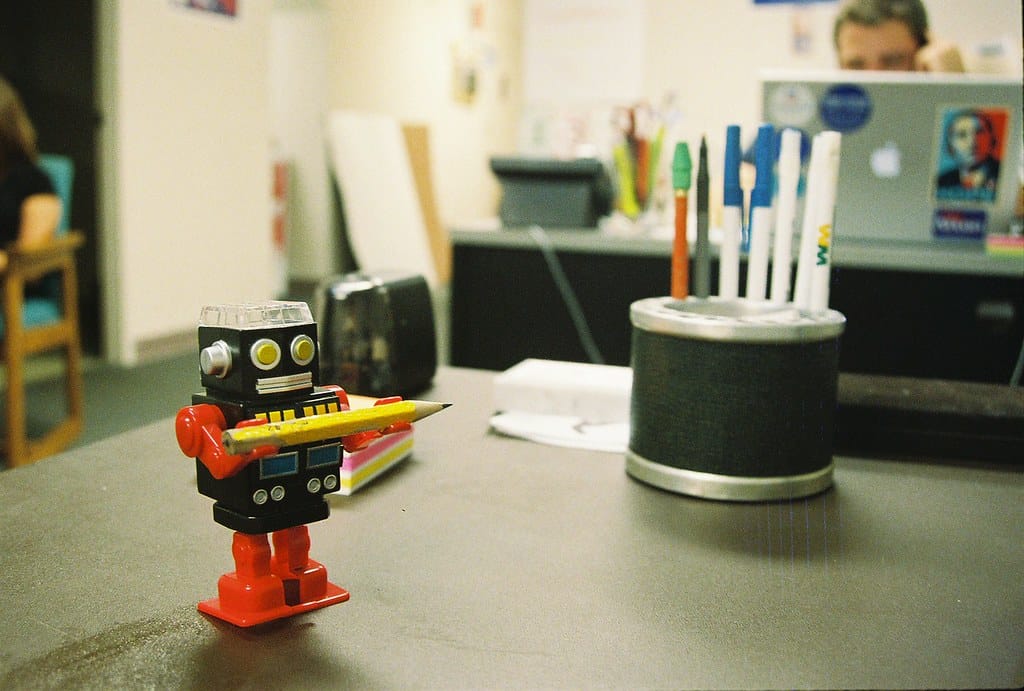Microsoft Research Reveals the 40 Jobs Most at Risk from AI Disruption
A groundbreaking new study from Microsoft Research has identified the specific occupations most vulnerable to artificial intelligence replacement, painting a stark picture of workplace transformation that could affect millions of workers across diverse industries. The comprehensive analysis examines job characteristics, skill requirements, and AI capabilities to predict which roles face the highest risk of automation in the coming decade.
The Research Methodology
Microsoft's research team analyzed hundreds of occupations using a sophisticated framework that evaluates three critical factors: the degree of routine tasks, the level of human interaction required, and the complexity of decision-making involved. Jobs scoring high on routine tasks but low on human interaction and complex reasoning emerged as the most vulnerable to AI displacement.
The study utilized data from the Bureau of Labor Statistics, academic research on automation potential, and Microsoft's own AI development insights to create a comprehensive risk assessment model. This approach provides a more nuanced view than previous studies by considering not just what AI can do today, but what emerging technologies are likely to accomplish within the next 5-10 years.
High-Risk Categories Emerge
Administrative and Data Processing Roles
Topping the vulnerability list are positions heavily focused on data entry, basic analysis, and routine administrative tasks. Roles such as bookkeeping clerks, data entry operators, and basic accounting positions face immediate risk as AI systems become increasingly sophisticated at processing structured information.
Customer service representatives handling routine inquiries also ranked high, as chatbots and conversational AI continue improving their ability to resolve common problems without human intervention.
Transportation and Logistics
The study identifies significant disruption potential in transportation sectors, with truck drivers, delivery personnel, and warehouse workers facing substantial AI-driven changes. While fully autonomous vehicles aren't yet mainstream, the research suggests that AI-assisted routing, inventory management, and logistics optimization will fundamentally alter these roles.
Manufacturing and Quality Control
Traditional manufacturing jobs involving repetitive assembly, quality inspection, and basic machine operation scored high on the vulnerability index. AI-powered robotics and computer vision systems are already demonstrating capabilities that exceed human performance in these areas.
Surprising Inclusions and Notable Exceptions
The research revealed some unexpected findings that challenge conventional wisdom about AI's impact. Several white-collar positions traditionally considered "safe" appeared on the high-risk list, including:
- Basic financial analysts performing routine market research
- Junior-level legal researchers conducting document review
- Entry-level journalists writing formulaic news reports
- Radiologists focusing on standard diagnostic imaging
Conversely, many manual labor jobs requiring adaptability and problem-solving—such as plumbers, electricians, and HVAC technicians—ranked as relatively low-risk due to their requirement for situational judgment and physical dexterity in unpredictable environments.
Timeline and Implementation Challenges
Microsoft's analysis suggests that job displacement won't happen overnight. The research indicates a 5-15 year timeline for significant automation in most vulnerable roles, with implementation varying by industry, company size, and regulatory environment.
The study emphasizes that technological capability doesn't automatically translate to immediate job replacement. Factors such as cost-effectiveness, regulatory approval, consumer acceptance, and integration complexity will influence the actual pace of AI adoption across different sectors.
Preparing for Transformation
Rather than simply cataloging jobs at risk, Microsoft's research includes recommendations for workers and employers navigating this transition. The study advocates for proactive reskilling programs focusing on uniquely human capabilities: creative problem-solving, emotional intelligence, complex communication, and strategic thinking.
The research suggests that workers in vulnerable positions should prioritize developing skills that complement AI rather than compete with it. This includes learning to work alongside AI systems, developing supervisory capabilities for automated processes, and cultivating expertise in areas requiring human judgment and creativity.
The Path Forward
Microsoft's comprehensive analysis serves as both a warning and a roadmap for the future of work. While 40 specific job categories face significant AI-driven disruption, the research emphasizes that transformation doesn't necessarily mean elimination. Many roles will evolve rather than disappear, requiring workers to adapt their skills and employers to invest in comprehensive retraining programs.
The key takeaway from Microsoft's research is clear: the AI revolution is not a distant future scenario but an immediate reality requiring proactive preparation. Workers, employers, and policymakers must collaborate now to ensure that technological advancement enhances human potential rather than simply replacing human workers. Those who begin adapting today will be best positioned to thrive in an AI-augmented economy tomorrow.
